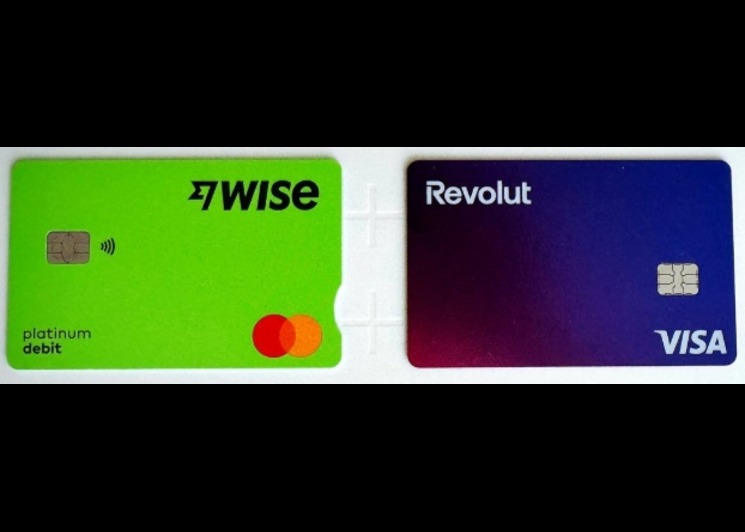Understanding Spend Control: More Than Just Budgeting

You want to keep more of your money, right? Of course, you do!
Everyone from the smallest startup to the biggest corporation dreams of that perfect sweet spot where every dollar spent actually brings value. The secret ingredient to achieving this financial proactive strategy is mastering Spend Control which is beyond just budgeting. It involves setting up systems that guide, track, and approve every transaction, ensuring it aligns with your financial goals. Without this kind of system, money just vanishes.
According to some financial studies, around 19% of expense reports contain errors or require clarification, costing businesses an average of extra time and money just to fix mistakes. This is where effective Spend Management comes in. By putting these structures in place, you reduce human error and eliminate those costly money leaks before they even start.
What is Spend Control?
Spend control means setting clear rules for how money leaves your business.
You decide who spends, where they spend, and how much they spend. You also decide how the team records each purchase. This is the base for strong Spend Management and Expense Management. When the rules live in your tools, not only in a policy PDF, but the process also runs itself. You get fewer surprises and a faster month end.
Where Spend Control lives
- Cards and virtual cards
- Purchase approvals
- Expense report workflows
- Budget alerts and exports

Perfect Card for Spend control!

Spend Control vs Spend Management, what is the difference and how do they connect?

Spend control sets the rules, and spend management runs the system. You use control to define budgets, limits, and who can buy, while you use management to monitor spend, review results, and fix gaps, which means you need a short expense report.
Management process and a clean expense report flow to bring both ideas together. Think of it this way, control is “who, where, how much,” and management is “track, review, improve,” and when both live in the same tool, your team spends with intent and your finance team audits with ease.
Why You Should Monitor Your Spending Regularly
- Stay on Top of Your Finances
Regular monitoring helps you keep track of where your money goes, ensuring you are aware of your financial situation. - Make Necessary Adjustments
Identify areas where you might need to cut back, allowing you to adjust your budget accordingly. - Identify Overspending Trends
Easily spot patterns, such as consistently high dining costs, enabling you to take action before overspending becomes a habit. - Achieve Financial Goals
Research shows that people who actively track their spending are 40% more likely to meet their financial goals, reinforcing the importance of regular monitoring. - Promote Responsible Financial Habits
Regular reviews encourage better spending habits, making it easier to stick to your budget and prioritize savings. - Increase Awareness of Financial Decisions
You become more mindful of your financial choices, leading to more informed and intentional decisions.
How Bycard Enhances Expense Management

Managing expenses effectively is crucial, and having the right tools can significantly simplify the process. Bycard is designed to streamline expense management by allowing users to create virtual cards linked to specific budgets. This enables you to control spending across different categories. These features make Bycard an invaluable tool for both individuals and businesses aiming to maintain strict budgetary control.
- Create Virtual Cards
Bycard lets you generate virtual cards for various budget categories, making it easier to allocate funds. - Set Spending Limits
You can establish spending limits for specific areas, such as dining out, ensuring you don’t exceed your budget. - Receive Alerts
Bycard offers alerts when you approach your spending limits, providing an extra layer of protection against overspending.
Creating an Expense Report
An expense report is a crucial tool for tracking and managing your spending. It provides a detailed overview of where your money goes each month. Bycard makes creating these reports straightforward. You can easily track your expenses in real-time, which means you won’t have to scramble to remember what you spent at the end of the month.
Having a clear expense report allows you to analyze your spending habits. You can see patterns, identify unnecessary expenses, and adjust your budget accordingly. This ongoing review process is vital for effective expense management.
Conclusion
Spend control goes beyond setting budgets,it’s about knowing where your money goes and making sure it works for you. When you put structures in place for tracking, approving, and reviewing expenses, you remove guesswork and gain clarity.
With tools like Bycard, spend management becomes easier. You can set spending limits, track expenses in real time, and create reports without the end-of-month scramble. It’s all about spending with intent and keeping your finances aligned with your goals.







